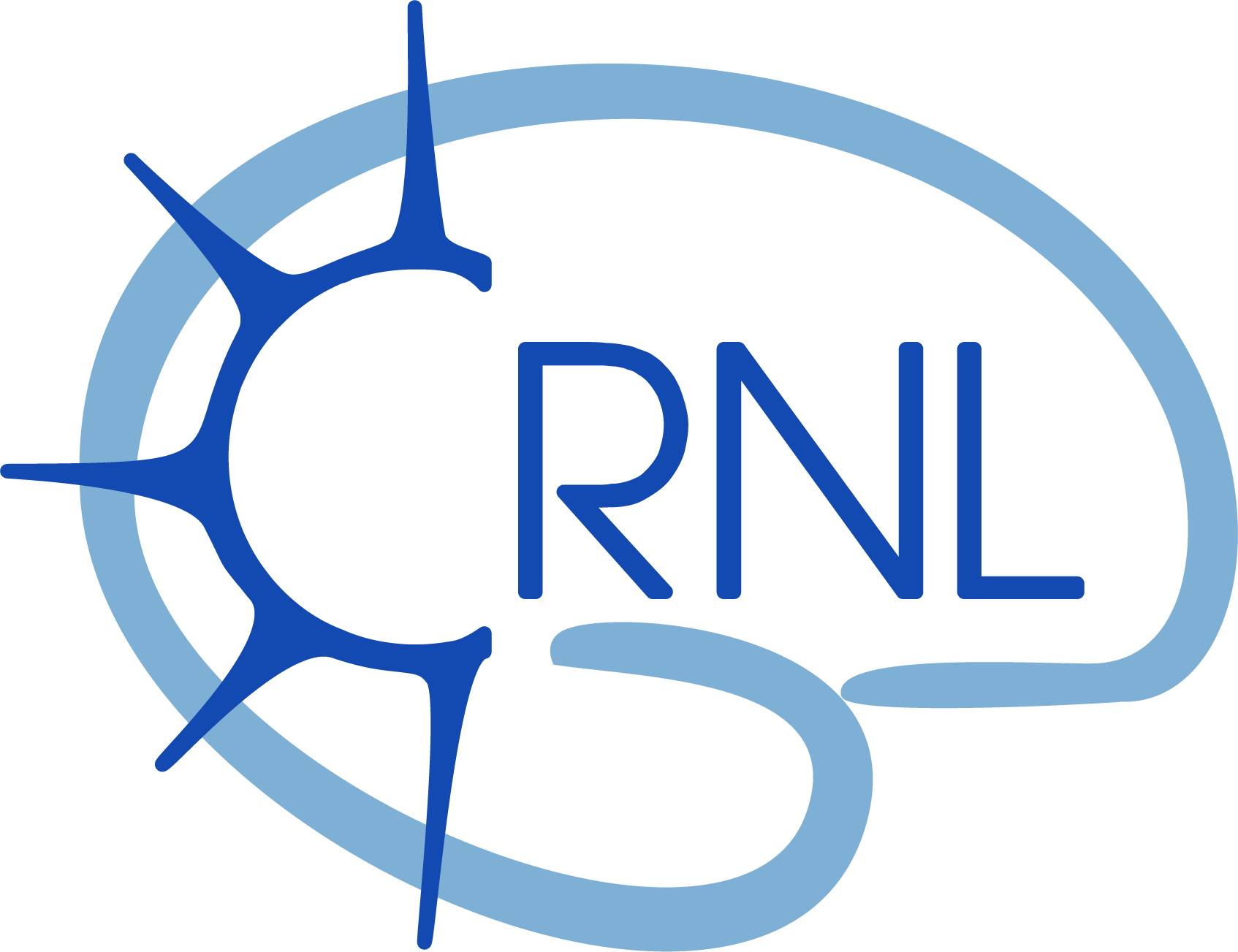Spatial attention in mental arithmetic: A literature review and meta-analysis
Résumé
We review the evidence for the conceptual association between arithmetic and space and quantify the effect size in meta-analyses. We focus on three effects: (a) the operational momentum effect (OME), which has been defined as participants’ tendency to overestimate results of addition problems and underestimate results of subtraction problems, (b) the arithmetic cueing effect, in which arithmetic problems serve as spatial cues in target detection or temporal order judgment tasks, and (c) the associations between arithmetic and space observed with eye- and hand-tracking studies. The OME was consistently found in paradigms that provided the participants with numerical response alternatives. The OME shows a large effect size, driven by an underestimation during subtraction while addition was unbiased. In contrast, paradigms in which participants indicated their estimate by transcoding their final estimate to a spatial reference frame revealed no consistent OME. Arithmetic cueing studies show a reliable small to medium effect size, driven by a rightward bias for addition. Finally, eye- and hand-tracking studies point to replicable associations between arithmetic and eye or hand movements. To account for the complexity of the observed pattern, we introduce the Adaptive Pathways in Mental Arithmetic (APiMA) framework. The model accommodates central notions of numerical and arithmetic processing and helps identifying which pathway a given paradigm operates on. It proposes that the divergence between OME and arithmetic cueing studies comes from the predominant use of non-symbolic versus symbolic stimuli, respectively. Overall, our review and findings clearly support an association between arithmetic and spatial processing.
| Origine | Fichiers produits par l'(les) auteur(s) |
|---|
